Coco wasn’t even her name

Coco Chanel rings a lot better than Gabrielle Bonheur Chanel, which is why she probably ditched that when entering the fashion industry back at the turn of the 1900s. ‘Coco’ is thought to have come from her time as a cabaret singer, where she was famous for singing “Ko Ko Ri Ko” and “Qui qu’a vu Coco”. She would later claim her childhood nickname was Coco. Admitting to having worked in cabaret would have been a bit trashy as a fashion designer.
She lied about her childhood
After hitting the big time, Coco Chanel became very private when it came to interviews. If she did say anything, it was usually a lie. She never disclosed the fact she’d grown up in an orphanage, instead insisting she was raised by her aunts. Even at the orphanage, Chanel was twisting the truth, telling her peers her dad was away on business in the US and would soon be coming back for her. Given the elite circles in which she ran, it seems Chanel was mortified by the dismal state of her upbringing.
Her romantic life was chaotic
Coco Chanel was never short of admirers during her life, but none managed to pin her down in marriage. Chanel preferred to play the field, especially fields lined with rich, powerful men. One of her first major romances was with Etienne Balsan. After that, she dated Arthur “Boy” Capel, a polo player from the UK. Her dalliance with Capel eventually proved to be financially wise, as he lent Chanel money to set up her shop in 1910.
She failed to make a splash in Hollywood
Having been badgered with offers, Coco Chanel travelled to Hollywood in the 1930s in the hopes that her vision could improve the way films looked, or so producer Samuel Goldwyn thought. “I have not brought my scissors with me,” Chanel said. “Later, perhaps when I go back to Paris, I will create and design gowns six months ahead for actresses in Mr. Goldwyn’s pictures.” This creative move flopped. Coco’s style was thought to clash with cinema. “The most elegant Chanel … was a washout on the screen,” a Hollywood costume designer said.
She developed a morphine addiction
Back in 1920s Paris, a city that was always years ahead of the rest of the world when it came to social progression, stuffy old attitudes were fading away in favour of debauchery. The creatives of Paris worked hard and played harder. Chanel and her friend Misia Sert became hooked on morphine more than anything. Chanel personally injected herself daily, all the way until her death.
She punished striking workers
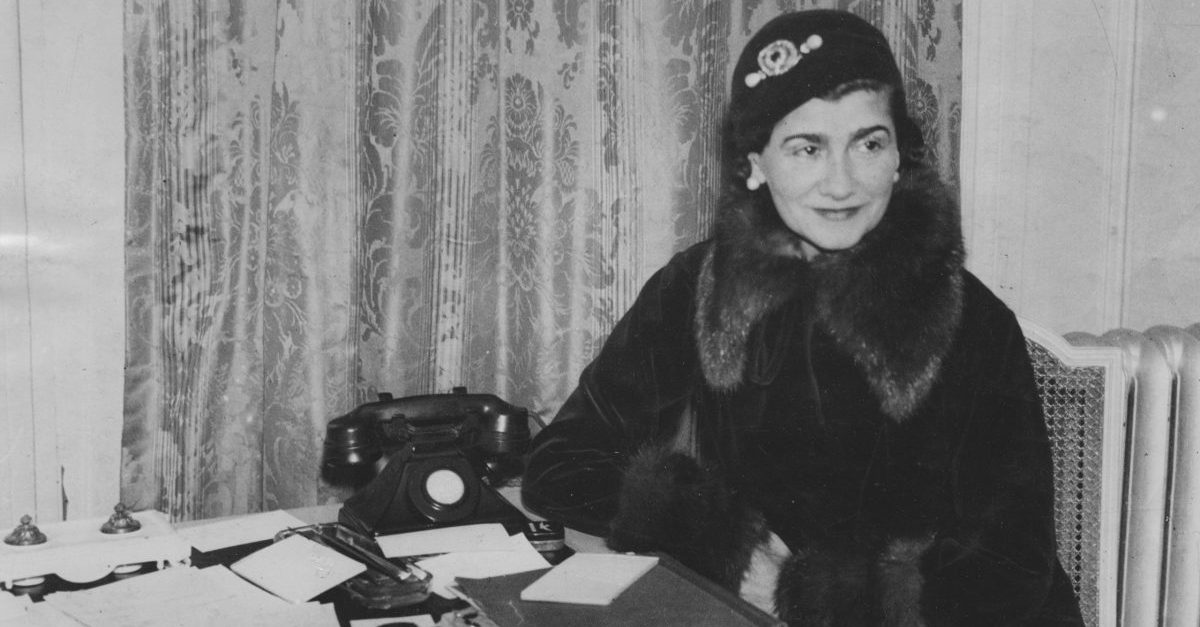
When World War II broke out in September 1939, Chanel decided to close all her shops, especially the flagship outlet on the Rue de Cambon, claiming it wasn’t appropriate to stay open during such a conflict. As a result, 4,000 female employees lost their jobs. Chanel’s biographer Hal Vaughn has suggested that she used the war as an excuse to get revenge on the workers had protested for higher wages in the French general labour strike of 1936.
She was viciously anti-Semitic
Coco Chanel had been known to those close to her to be an anti-Semite, but it was only confirmed to the public at large thanks to her stance on the war. It’s thought her dislike of Jews was encouraged by elite contemporaries in fashion and business. In her mind, the Jews were a threat to Europe because of the Bolshevik government in the Soviet Union.
She was involved in World War II
Coco Chanel was known by agent F-7124 to her Nazi handlers, except Baron Hans Günther von Dincklage of course, the Nazi propagandist and special attaché to the German Embassy in Paris. His relationship with Chanel has become the stuff of legend, and while her exact involvement in the world isn’t known, it’s generally thought that she used to entice powerful figures. Research found that he and Chanel travelled across Europe, hunting for agents. One of Coco’s aliases was believed to be “Westminster.”
She had a controversial comeback

Coco Chanel’s reputation was so ruined by her sympathies in World War II that a string of her shops shut down in its aftermath. She was grilled about her German ties but never convicted of anything, later moving to Switzerland to avoid the spotlight, and it did her plenty of good career-wise. Chanel’s comeback, at age 70 no less, was initially unsuccessful but after getting back in touch with the Wertheimers – who had bought a huge stake in Chanel back in the 1920s – they decided to take the wheel and get her back on track. By the mid-1950s, the public shaming of collaborators had waned. Coco was back.
She ended her life a recluse
By the time the mid-20th century rolled around, Coco Chanel hardly had anything to prove anymore. While fans and contemporaries may have dreamed about the kind of extravagant life someone like Chanel lived, the truth was quite disappointing. Shut away in her Parisian Hotel Ritz room, she was fairly spent. On January 10, 1971, she returned home from a walk with a friend and lay on her bed, telling her maid, “You see, this is how you die.” They would prove to be her final words.